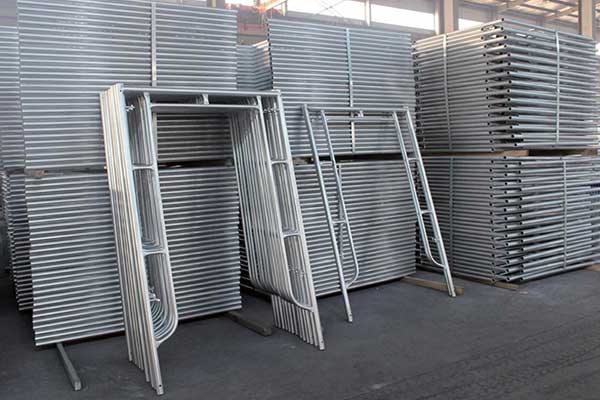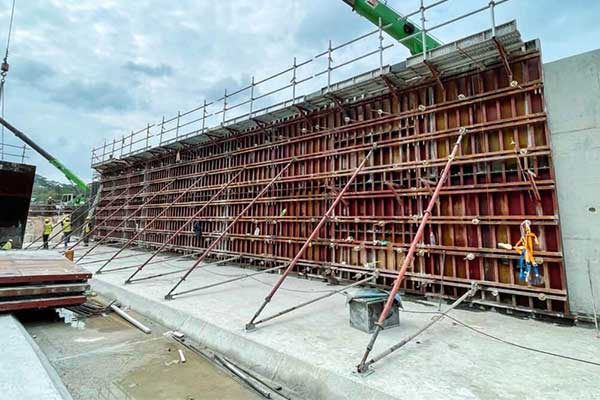What is the Difference Between Scaffolding and Framework?
When it comes to architectural projects and construction sites, understanding the tools and structures involved is crucial for safety, efficiency, and successful project execution. Two common terms you’ll often hear in this context are scaffolding and framework. Although they are sometimes used interchangeably, they serve very different purposes in architectural and structural engineering.
In this article, we’ll break down the difference between scaffolding and framework, their functions in construction, and when each is used.

What is Scaffolding?
Scaffolding is a temporary support structure used during the construction, repair, or maintenance of buildings and other structures. It provides a safe working platform for workers to access heights, carry tools, and perform tasks such as painting, masonry, or installation of architectural elements.
Key Characteristics of Scaffolding:
- Temporary and movable
- Used for worker access and safety
- Constructed using metal pipes, couplers, and platforms
- Designed for quick assembly and disassembly
Common Types of Scaffolding:
- Ringlock Scaffolding: A modular system known for its high load capacity, fast assembly, and versatility, making it ideal for large-scale commercial and industrial projects.
- Cuplock Scaffolding: Features a unique locking mechanism with cuplike joints. It is highly stable and often used in projects requiring heavy-duty support and multi-level scaffolding.
- Frame Scaffolding: Also known as H-frame or facade scaffolding, it is easy to assemble and commonly used in residential and small-scale commercial construction.
- Kwikstage Scaffolding: A quick-assembly modular system widely used in the UK, Australia, and other regions. Known for its flexibility, strength, and ease of use, it suits both straight and curved structures, making it a popular choice for commercial and infrastructure projects.

What is a Framework?
In architecture, a framework refers to the permanent structural skeleton of a building. It forms the load-bearing system that supports the entire structure, including floors, walls, roofs, and other architectural components.
Key Characteristics of Framework:
- Permanent and load-bearing
- Made from steel, concrete, timber, or composite materials
- Provides structural integrity
- Designed during the architectural and engineering planning stages
- Forms the base for architectural finishing elements
Examples of Frameworks:
- Steel Framework in high-rise buildings
- Timber Frame in residential houses
- Reinforced Concrete Framework for bridges, towers, and infrastructure
Key Differences Between Scaffolding and Framework
| Feature | Scaffolding | Framework |
|---|---|---|
| Purpose | Temporary access/support during work | Permanent load-bearing structure |
| Duration of Use | Short-term (during construction phase) | Long-term (lifespan of the building) |
| Material | Steel/aluminum tubes, planks | Steel, concrete, timber, composite |
| Design Focus | Worker safety and mobility | Structural strength and stability |
| Reusability | Reusable for multiple projects | Specific to the building being constructed |
When Are They Used in Construction?
- Scaffolding is used when workers need elevated access or support during installation, plastering, painting, or facade work.
- Framework is established at the beginning of construction and acts as the backbone of the building or infrastructure.
Conclusion
Scaffolding and framework are both essential components in architectural and construction projects, but they serve very different roles. Scaffolding is a temporary, reusable system that supports workers and equipment during construction. Framework, on the other hand, is a permanent structural system that supports the building itself. Recognizing the difference between these two is critical for anyone involved in the architectural or construction industries.
